Creation of Fire Matrix (Cause & Effect) Schedule
What is a Fire Matrix…
A fire matrix is a fire system functionality test chart, that reveals the relevant baseline data of your fire safety systems. This data then serves as the basis for verification of the results of routine servicing ongoing. The annual System Interface Test (S.I.T.) is an integral component of the Australian fire safety maintenance standard AS1851-2012 ‘Routine service of fire protection systems and equipment.’
Understanding AS1851-2012
AS1851-2012 was published in 2012, and while adopted by QLD government as a mandatory maintenance standard from 1 January 2015, other jurisdictions either have recommended it as the maintenance standard, or are in the process of adopting it as the mandatory maintenance standard.
In response to industry and building owners’ feedback, Standards Australia made amendments in November 2016 (amendment 1) to provide corrections and clarifications.
Non-conformance with routine servicing of fire protection systems and equipment (AS1851-2012)
According to the Standard, ‘non-conformance’ refers to ‘missing information or incorrect feature that does not affect the system operation but is required to facilitate ongoing service routine.’
For example:
missing or incorrect sprinkler block plan
missing spare sprinklers
missing sprinkler guards
missing equipment location signs or illegible labels
non-availability of required information required to validate a service activity.
In summary, baseline data is required where:
The currently installed systems are either original ‘approved design’ or subsequent upgrades that are ‘new approved design’; and
The results of service activities on these systems require verification.
In our professional opinion, baseline data, such as a Fire Matrix (Cause & Effect) schedule, is required to successfully complete the S.I.T. This is because S.I.T. involves other interfaced systems like mechanical air handling and smoke control systems, that are almost certain to be ‘approved design’ i.e. original building approval or ‘new approved design’ i.e. subsequent upgrades, and the results will have to be verified. Without the Fire Matrix to check against, the results of S.I.T. are simply ‘observational’ and therefore cannot be formally verified nor relied upon. Use of a Fire Matrix will be necessary for compliance with the AS1851-2012 Standard.
What mechanical systems are part of fire safety installations?
Air Handling Systems: AHU’s/FCU’s/Supply Fans/Exhaust Fans/Motorised Dampers/etc that are part of smoke control. These can ‘shut down’ or ‘continue running’ without manual or automatic control on fire alarms;
Smoke Exhaust Systems: Smoke Exhaust Fans/Motorised Smoke Dampers/Make-up Air Intake Grilles or Doors/etc;
Stair Pressurisation Systems: Stair Press Fans/Motorised Dampers/etc;
Smoke and Heat Venting Systems: Normally roof vents in industrial buildings.
Who can provide a fire matrix (cause & effect) schedule?
Smoke control compliance is governed by the mechanical code AS 1668.1 “The use of ventilation and air conditioning in buildings – Fire and smoke control in buildings”. Therefore, it is recommended to have fire matrices established by a Fire System Designer.
Fire Matrix Pty Ltd employs qualified fire designers that can establish a fire matrix (cause & effect) schedule for you. See our templates below. Please contact us for a consult and ensure your fire safety compliance.


